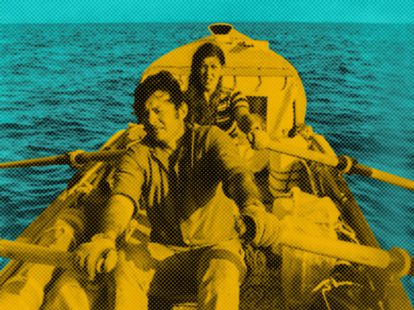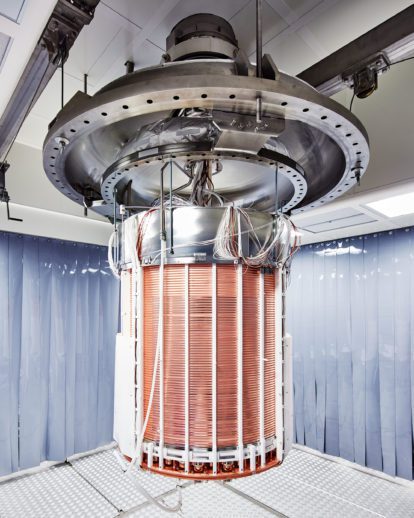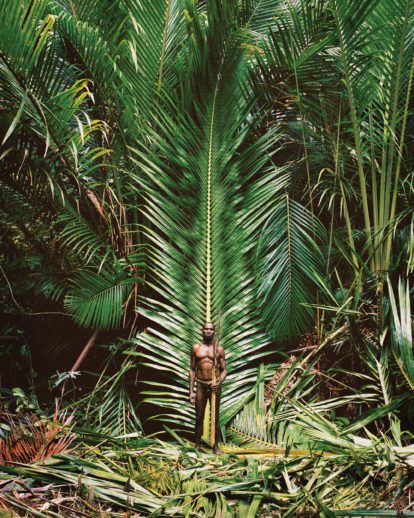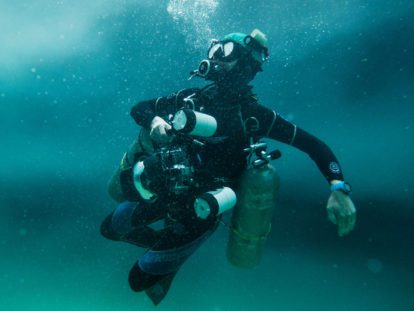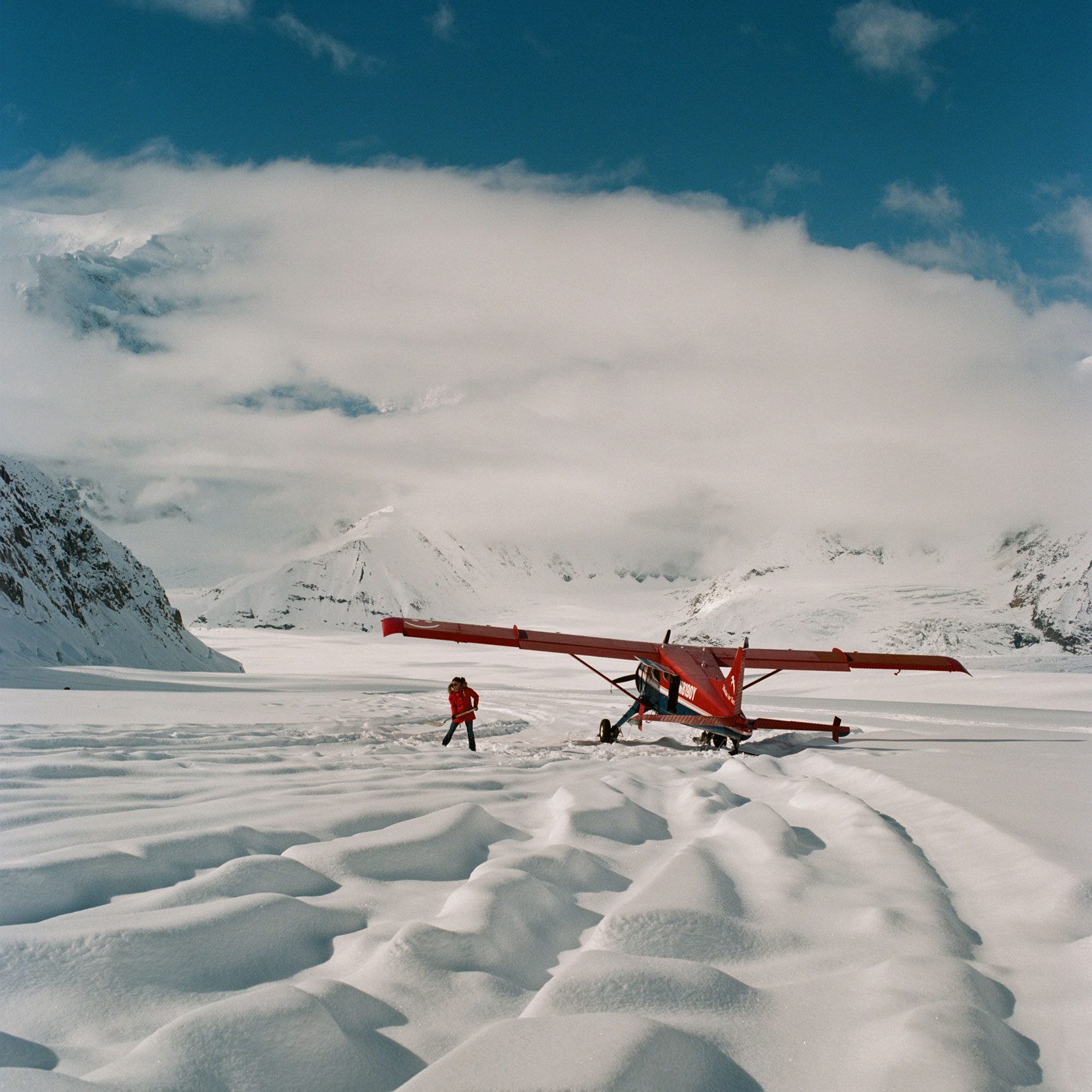The Arctic remains a critical frontier in the increasingly frosty new Cold War between Russia and the West. Russia’s recent establishment of military bases and showy military exercises feed on international paranoia that whoever controls the hostile landscapes of the north has a strategic advantage, not least in the ruthlessly destructive race for untapped fuel resources.
Just over half a century ago, the Arctic’s status as an icy no-man’s land made it equally a draw for both American and Russian military commanders seeking to gain the upper hand in nuclear brinkmanship. It was against this backdrop that the James Bond-worthy Project Coldfeet was devised and executed.
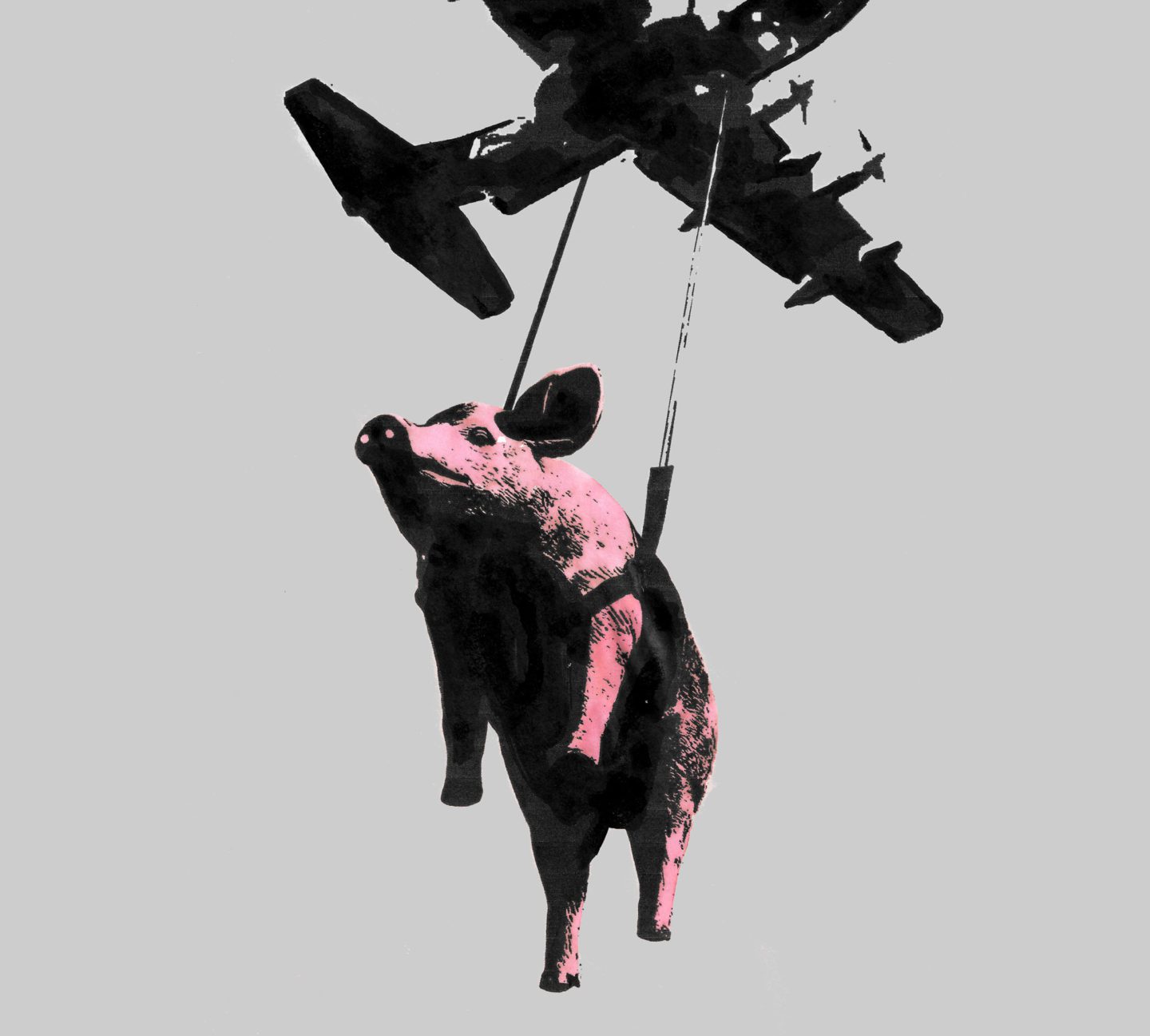
‘Fulton’s test pig reached the aircraft utterly discombobulated. Once it recovered, it launched an attack on the crew.’ Illustration: Fede Yankelevich.
In May 1961 an American naval aircraft conducting an aeromagnetic survey spotted an abandoned Russian naval drift station [a research station built on ice] in the Arctic. It was an opportunity the Americans had been waiting for. Navy lieutenant Leonard LeSchack – a trained geophysicist – had already recognised the importance of being able to track nuclear submarines below ice, after helping the Americans set up acoustic detectors in the Arctic. At a martini-fuelled lunch in Washington, he had proposed to his commander that they would gain valuable intelligence if they managed to land on an abandoned USSR drift station and see if Russians had the capability to track American nuclear subs.
The highly risky operation was overseen by Captain John Cadwalader. Cadwalader’s brilliant insight was that this was the perfect opportunity to deploy the Fulton surface-to-air recovery system. Robert Fulton was an American inventor who had become increasingly obsessed with creating a device for picking up people who had landed in inaccessible enemy terrain. After a series of experiments involving weights and weather balloons, he had refined the ‘Skyhook’ device so that a package could be dropped from a pick-up aircraft containing a harness, a 500ft nylon rope, and a helium balloon.
In 1961 an American naval aircraft spotted an abandoned Russian naval drift station in the Arctic. It was an opportunity the Americans had been waiting for.
The aircraft itself had two 30ft ‘horns’ protruding from its nose. Once the person had climbed into the harness, they would connect the rope to the balloon before tugging a ripcord so that the helium balloon would inflate and the rope could rise. The plane would aim towards a marker on the rope, and then – in one of the most tricky aspects of the operation – a spring-loaded trigger mechanism would be triggered, releasing the balloon and fixing the line to the aircraft. As the rope streamlined beneath the plane, the crew would reach down with a hook, before securing the line to a winch and hauling the person on board.
Before progressing to people, Fulton experimented with pigs since, as he explained, their nervous systems are close to humans. There were – perhaps inevitably – some unintended consequences to this: the first pig was successfully lifted off the ground yet began to spin out of control as it flew along at 125mph. It reached the aircraft in one piece, but utterly discombobulated. Once it recovered, it launched an attack on the crew.
For the operation itself Lieutenant LeSchack was paired up with Major James Smith, USAF, an experienced paratrooper and Russian linguist, and both spent a number of months training with the Skyhook system. After a false start – in which it was realised that the Russian ice station had drifted too far away – a second, more recently abandoned station was identified, and a B-17 plane dropped the two men there on May 28, 1962.
It was an extremely successful operation. As LeShack had suspected, the wealth of information he and Smith found on the Soviet Union’s Arctic activities included evidence of advanced research on acoustical systems to detect under ice US submarines. On June 1 the B-17 – piloted by Connie Seigrist and Douglas Price – returned, performing three separate and not entirely smooth Skyhook extractions: of the Soviet equipment, of LeSchack and finally of Smith.
Many years later, LeSchack declared that the Skyhook extraction, in which he was dragged across the ice and caught the wrong-way round by the line, left him briefly traumatised. However, the mission doctor on the plane checked both the men out and declared them unharmed. ‘We celebrated with a bottle of Vat 69 scotch provided us by the CIA air boss who was onboard, and then Jim and I promptly fell asleep,’ he said. ‘Less than six hours later we landed in Barrow, Alaska.’


